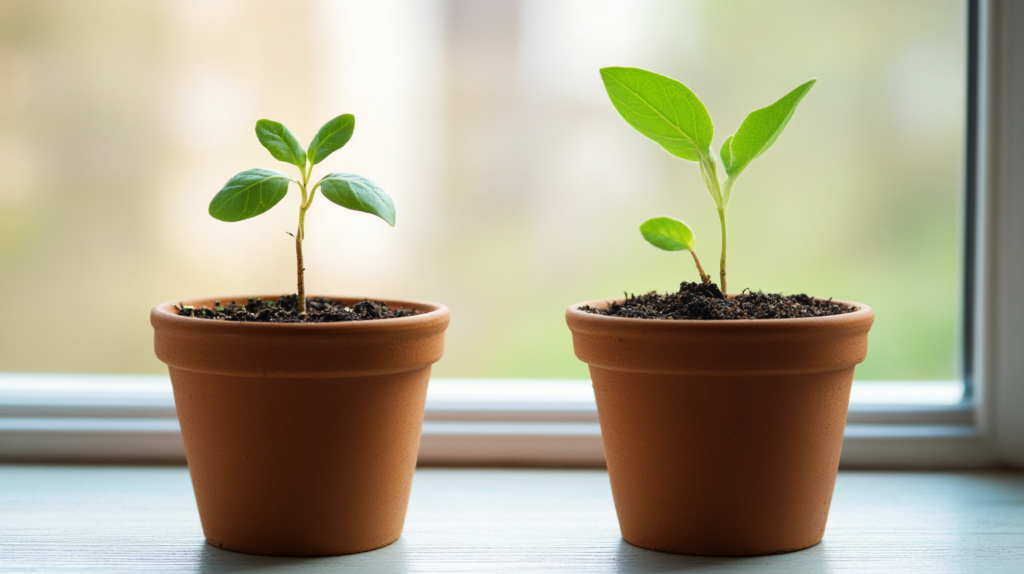Science is everywhere, and you don’t need to be in a lab to explore it, although you need adults to be present for some! DIY science experiments are easy to set up and offer a fun, hands-on way to learn about scientific concepts right at home. Let’s dive into some easy and exciting experiments you can try.
DIY Science Experiments You Can Do with Everyday Ingredients
1. Invisible Ink
Learn about chemical reactions with invisible ink. Mix lemon juice with a small amount of water. Using a cotton swab or brush, write a message on a piece of paper with the lemon juice solution. Let it dry completely. To reveal the message, hold the paper close to a heat source like a light bulb or iron. The heat will cause the lemon juice to oxidise and turn brown, revealing your secret message.
2. Homemade Rain Cloud
Understand how clouds form with this simple experiment. Fill a clear glass jar with hot water, leaving a little space at the top. Place a plate over the jar and put some ice cubes on the plate. As the water vapour rises, it will hit the cold plate and condense into droplets, forming a “cloud.” The droplets will eventually become heavy enough to fall, simulating rain.
3. Simple Air Pressure Experiment
Explore air pressure with this fun trick. Fill a small glass with water and place a piece of cardboard or stiff paper over the top. Hold the cardboard in place and carefully flip the glass upside down. Slowly remove your hand from the cardboard. The cardboard will stay in place, and the water won’t spill out. This happens because the air pressure outside the glass is greater than the pressure inside, holding the cardboard in place.

4. DIY Plant Growth
Study how plants absorb water and nutrients. Fill two small pots with soil. Plant a few seeds (like corn or beans) in each pot. Water one pot with plain water and the other with water mixed with a small amount of salt. Over time, observe and compare the growth of the plants. The salt will affect the plant’s ability to absorb water, showing how important it is for plants to have the right balance of nutrients.
5. Baking Soda and Vinegar Volcano
This classic experiment demonstrates a chemical reaction. Combine 2 tablespoons of baking soda with a few drops of red food colouring (or any other colour) in a small container. Pour in 1/4 cup of vinegar and watch the fizzing eruption. This reaction occurs because baking soda (a base) reacts with vinegar (an acid) to produce carbon dioxide gas.
6. Floating Egg
Explore the concept of density with this simple test. Fill a glass with water and gently place an egg in it. The egg will sink. Next, dissolve 3 to 4 tablespoons of salt in the water, stirring until the salt is completely dissolved. Add more salt if needed until the egg floats. The salt increases the water’s density, making it buoyant enough to support the egg.
Tips for Safe Experimentation
- Always involve an adult for safety.
- Use materials carefully and avoid spills.
- Clean up thoroughly after each experiment.
These DIY science experiments use common ingredients found in the home and offer a fun way to explore scientific concepts. Enjoy learning and experimenting at home!
Meanwhile, are you learning on the uLesson app? Use the uLesson app to transition into your next grade like a pro. Download the uLesson app and enjoy premium features for 5 days straight! Hurry!



